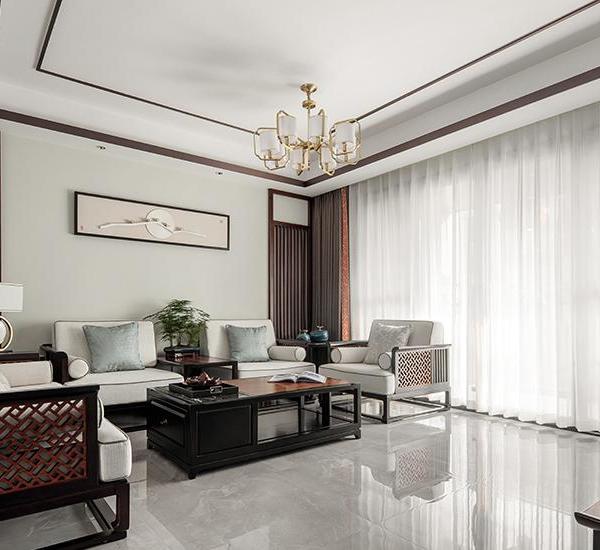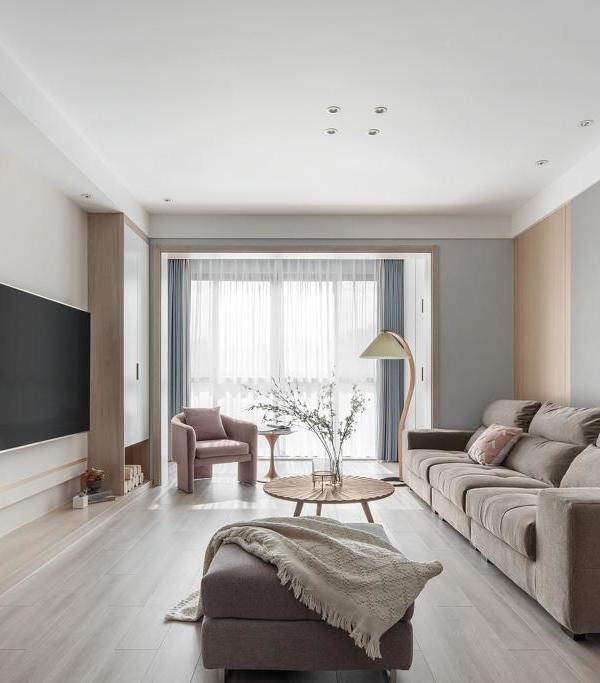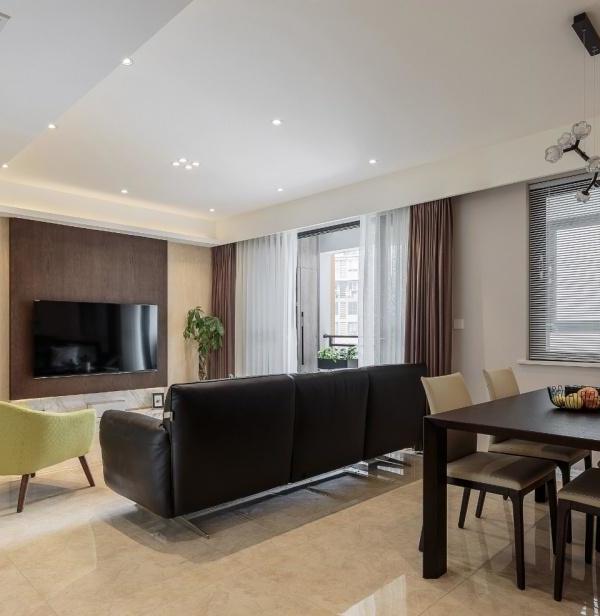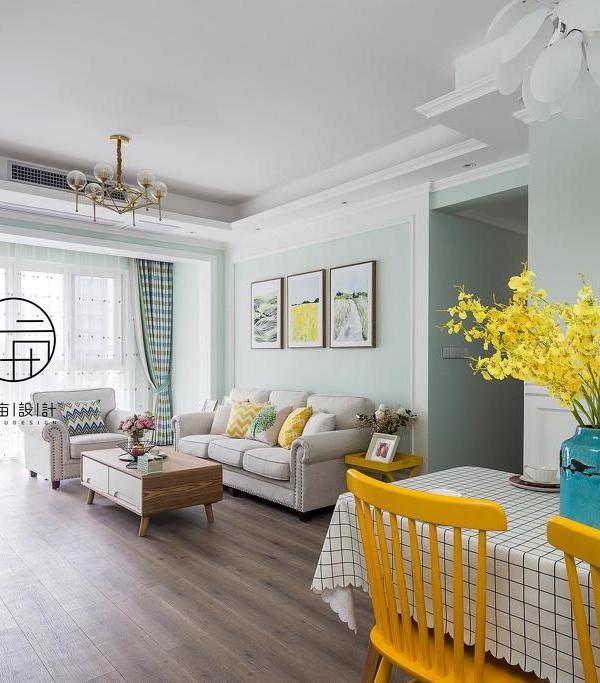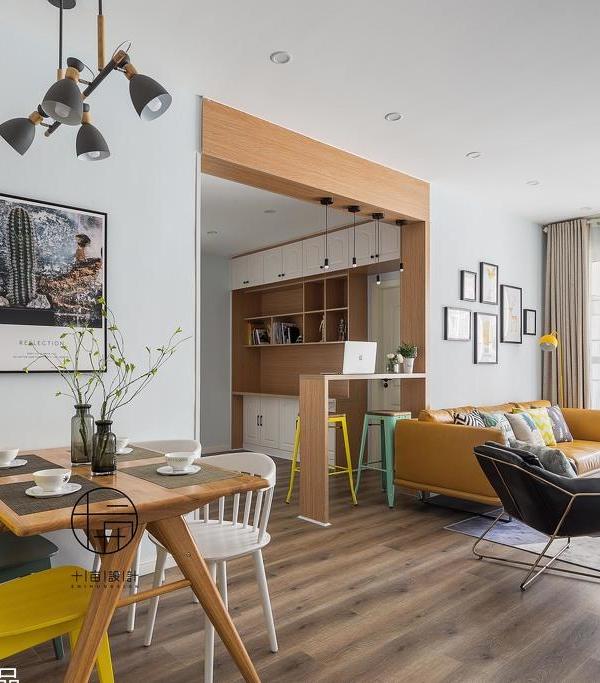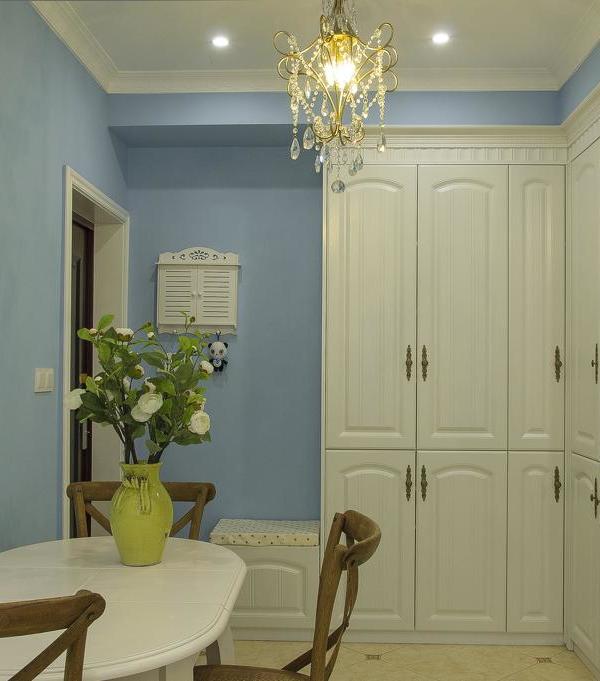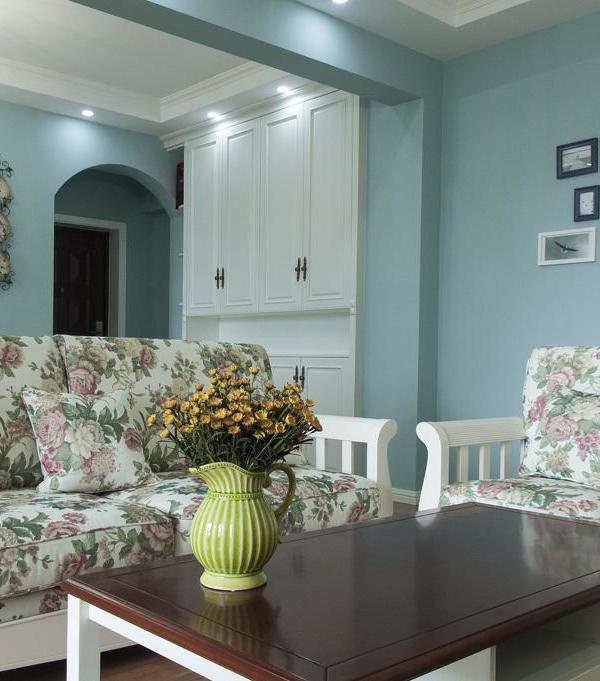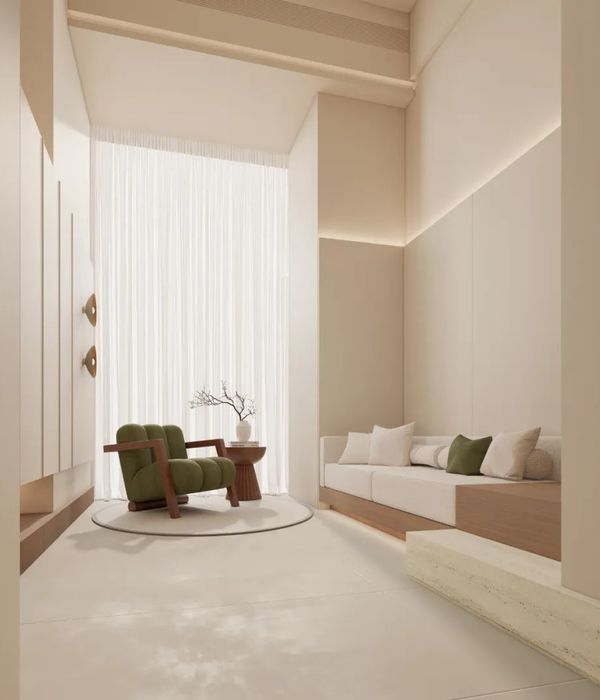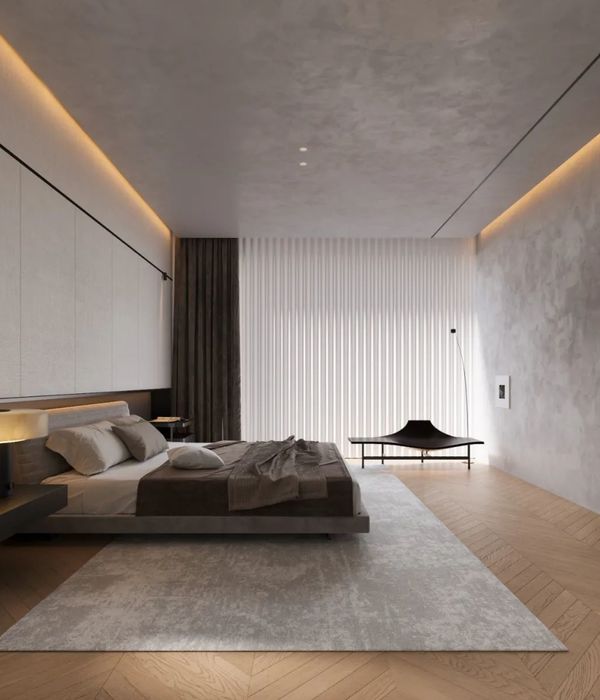© Shigeo Ogawa
(小川茂雄)
架构师提供的文本描述。位于东京市中心,有许多低矮和中等的写字楼,这座出租的餐馆大楼坐落在一片狭长的土地上,三面被街道包围。
Text description provided by the architects. Located in a central Tokyo neighborhood with many low and mid-rise office buildings, this rental building for restaurants stands on a long, narrow lot, surrounded on three sides by streets.
© Shigeo Ogawa
(小川茂雄)
Floor Plans
平面图
© Shigeo Ogawa
(小川茂雄)
在设计这种类型的建筑物时,关键的考虑事项是如何为租户创建一个组标识,以及如何将这些单元与城市景观相关联。由于它的市中心位置,这座中高层建筑需要具有商业效率,占据整个可允许的建筑面积比例,并在每一层的餐厅租户填充该空间。因此,必须营造一座充满餐厅的建筑物的形象,为游客营造一个明亮和舒适的环境,并为过路人营造一座吸引人的建筑。
Key considerations when designing a building of this type are how to create a group identity for the tenants and how to relate the units to the cityscape. Because of its city-center location, this mid-rise building needed to be commercially efficient, occupying the entire permissible floor area ratio and filling that space with restaurant tenants on every floor. It was therefore essential to create the image of a building full of restaurants, to set up a bright and welcoming environment for visitors, and an attractive building for the passerby.
新建筑有一个凹槽立面,有三维堆叠的梯田,在每一层的空间中都有突出的地方。这些梯田的大小和形状因地板而异,形成了一种分层的形式,当它向上移动时会发生变化。此外,这个充满活力的正面完全是用玻璃做的,让外面的人可以看到餐厅。这些兴奋是真正的外部扩展餐厅空间,并出现在面向街道,就像一个生动的剧院场景。
The new building has a recessed façade with three-dimensional stacked terraces, protruding into this space on each floor. The size and shape of these terraces vary by floor, creating a layered form that changes as it moves upward. Furthermore, this dynamic facade is entirely made of glass, allowing people outside to look into the restaurants. These excrescences are real outside extensions to the restaurants space, and appear to the facing street like a lively theater scene.
© Shigeo Ogawa
(小川茂雄)
这些遮蔽的露台与一个战略性的、但又持续的隔阂相连,将露台与上面和下面连接起来,即使是在较高楼层的食客,也能感觉到下面街道上的行人和汽车,享受在充满活力的城市氛围中吃饭的乐趣。在典型的多层餐厅建筑中,租户是完全独立的,但这座建筑通过露台相互作用,为每家餐厅的顾客提供了参观其他餐厅的机会。
The sheltered terraces are connected with a strategically placed yet continuous gap link the terraces with above and below, allowing even diners on the higher floors to sense the people and cars passing on the street below and enjoy eating in a dynamic urban atmosphere. In typical multi-story restaurant buildings, tenants are completely independent of one another, but this building, they interact through terraces, creating opportunities for customers at each restaurant to visit the others.
© Shigeo Ogawa
(小川茂雄)
在建筑的物质性方面,黑色细木工的工作和框架,在避免办公室式外观的同时,给了建筑一个实体,让每个餐厅单位相互突出。对于内部空间,黑色窗框,中性和基本,允许用户很容易地占用空间。
Regarding the materiality of the building, the black joinery work and frames, while avoiding an office-like exterior appearance, give to the building an entity, and allow each restaurant unit to stand out clearly from each other. For the interior spaces, the black window sashes, neutral and basic, allows the users to appropriate the space easily.
© Shigeo Ogawa
(小川茂雄)
作为对周围环境的回应,这座建筑,同样是一个漏洞百出的空间,鼓励每一层楼的露台与街道和更大的邻里连接起来。这样做的目的是建立一种新型的公共性质。
In response to its context, the building, alike a porous volume, encourages the terraces on each floor to connect to the street and the larger neighborhood. In doing so, it aims to a new type of public character.
Architects KEY OPERATION INC. / ARCHITECTS
Location Chiyoda, Tokyo, Japan
Architects in Charge Akira Koyama + KEY OPERATION INC. / ARCHITECTS
Area 986.03 m2
Project Year 2017
Photographs Shigeo Ogawa
Category Apartments
Manufacturers Loading...
{{item.text_origin}}

